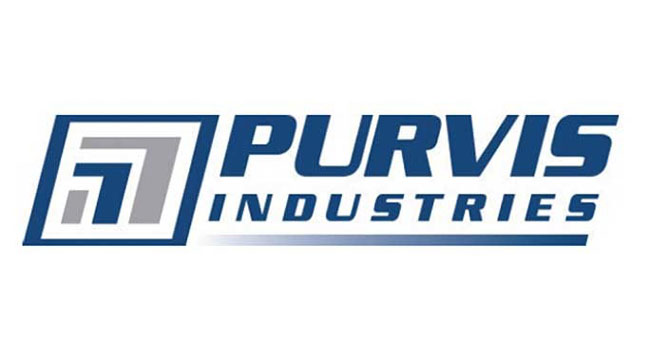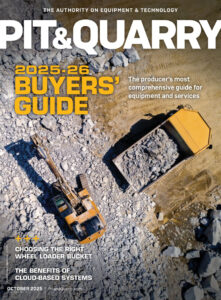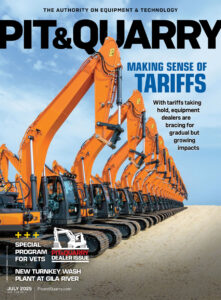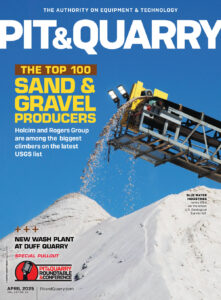Breaking down IoT adoption barriers
Master Power Transmission’s Michael Kelly urges manufacturers to collaborate to unlock the technology’s full potential for producers

As IoT technology becomes more common across aggregate operations, one issue continues to limit its full potential: fragmentation.
Today, aggregate producers rely on equipment and components from many manufacturers – each with its own data platform, communication protocol, setup process and user interfaces. Many specialize in the type of data used for predictive analysis, whether that’s based on amps, vibration, temperature or another metric. Effective plant-wide adoption requires a combination of these methods, depending on the application.
For producers, the current result is either a patchwork of systems that are not connected and rely on inconsistent logic, reporting methods and subscription models – adding to operational frustration – or an ineffective rollout due to large gaps in reporting for critical assets when using a single provider in an attempt to streamline.
Valuable operational data ends up siloed, making it difficult for producers to capture a complete, real-time view of their operations without costly integrations or manual oversight. Alerts are often inconsistent or incomplete, reducing the effectiveness of predictive devices in daily operations.
I believe the industry’s manufacturers should collaborate and explore a reporting framework and data standards that truly benefit producers. Such collaboration would lead to more effective, simplified solutions and encourage broader adoption of IoT tech in aggregate operations.
Michael Kelly is vice president of marketing and business development at Master Power Transmission.
Transforming maintenance with smart tech
Dodge Industrial’s Jesse Henkels details how digitalization is empowering operations like never before
Industrial Internet of Things technologies are helping aggregate facilities address labor shortages by empowering maintenance teams with predictive maintenance capabilities

Establishing trusted remote condition monitoring systems allows maintenance teams to monitor equipment health using multiple methods. These systems can go beyond traditional visual and audio indicators, providing automated alerts and key insights that enable teams to take a proactive approach to prioritizing maintenance.
In my experience working with aggregate producers, combining mechanical and digital solutions has proven effective in optimizing operations. An established ecosystem allows maintenance teams to monitor their entire facility from a single dashboard, enabling a more confident and streamlined maintenance strategy.
By providing facility-wide asset visibility and access to historical data, our platform helps users identify trends, anticipate issues and plan ahead – ensuring replacement parts are stocked and maintenance is scheduled during planned downtime.
With predictive maintenance tools, aggregate facilities can confidently work smarter through system-supported decision-making and more consistently reduce unplanned downtime.
Jesse Henkels is field services manager at Dodge Industrial.
Related: How automation, digitalization can alleviate worker shortages












